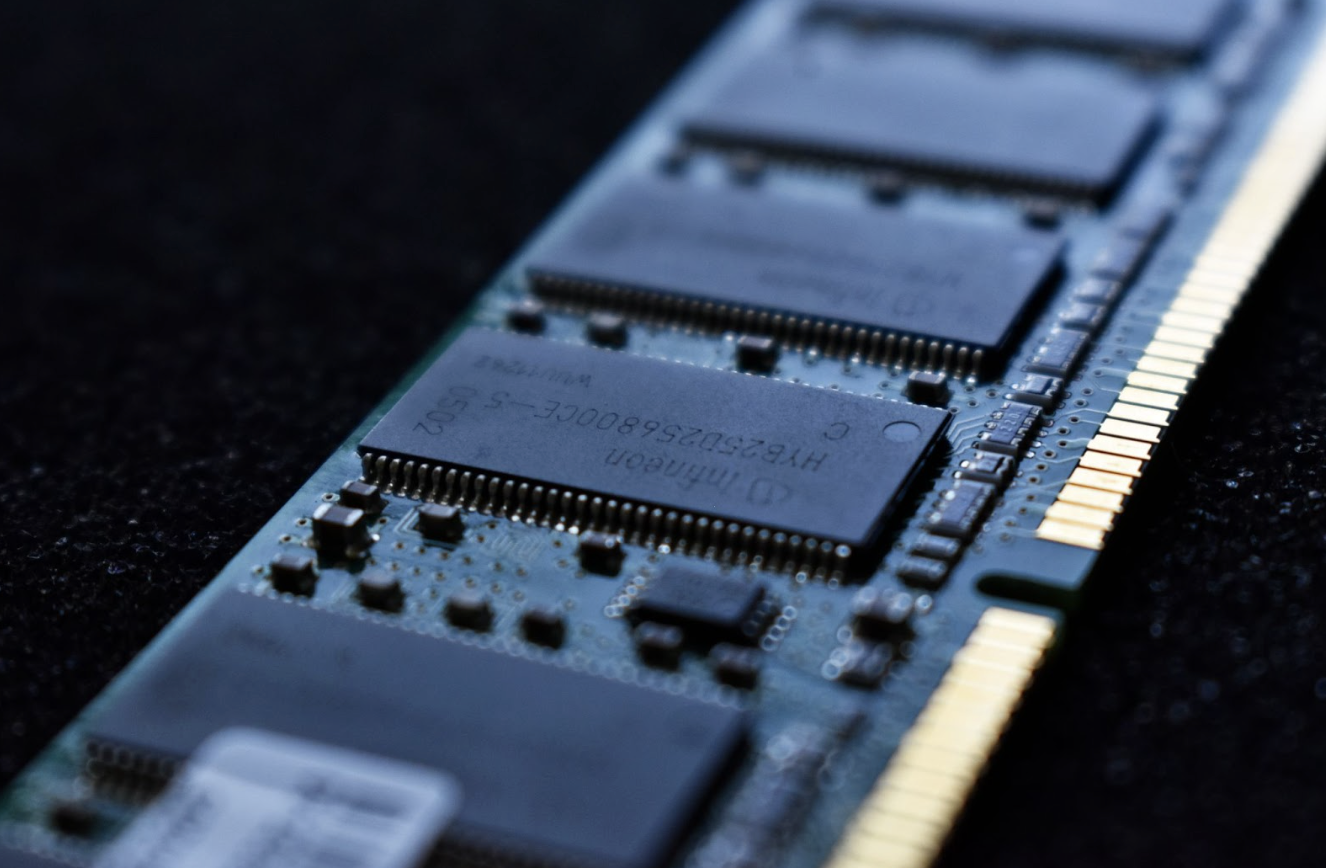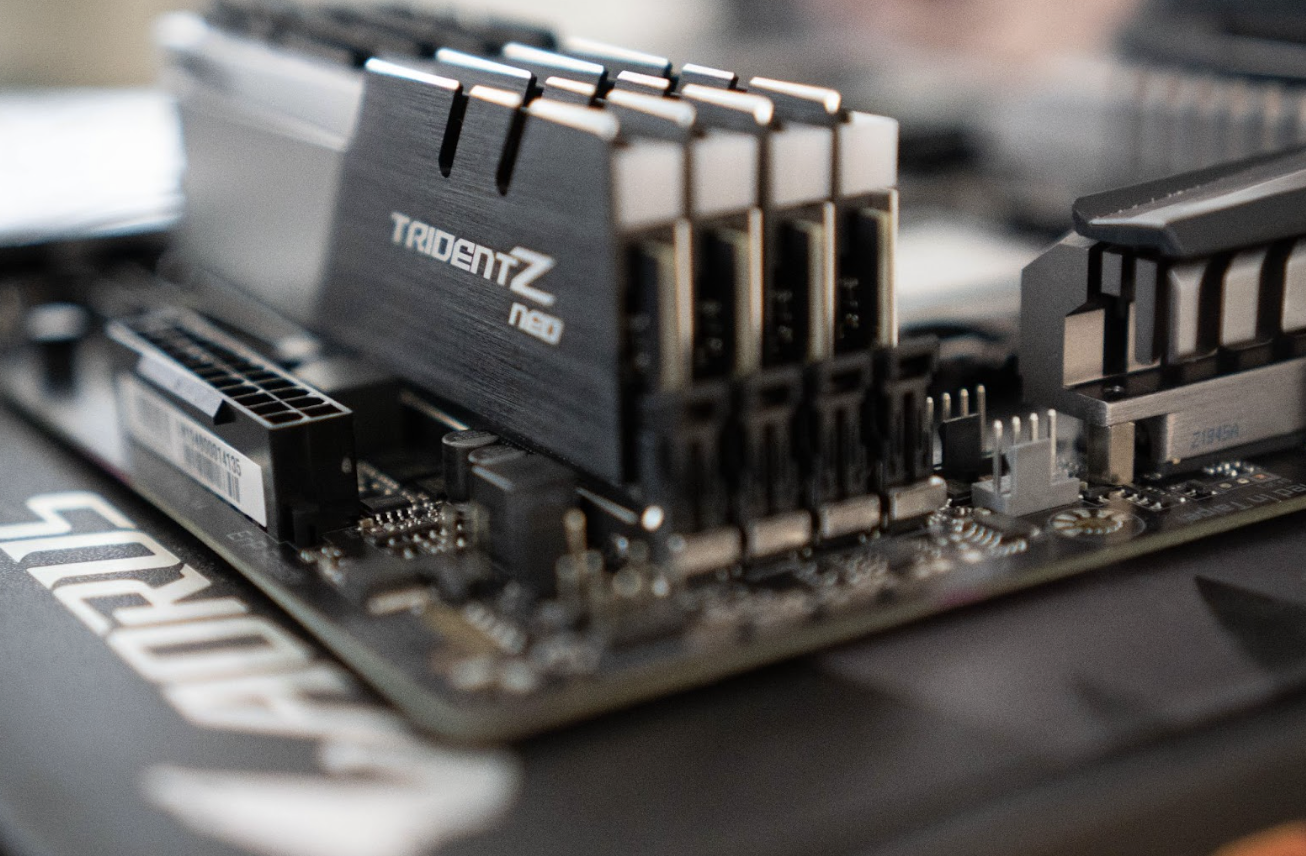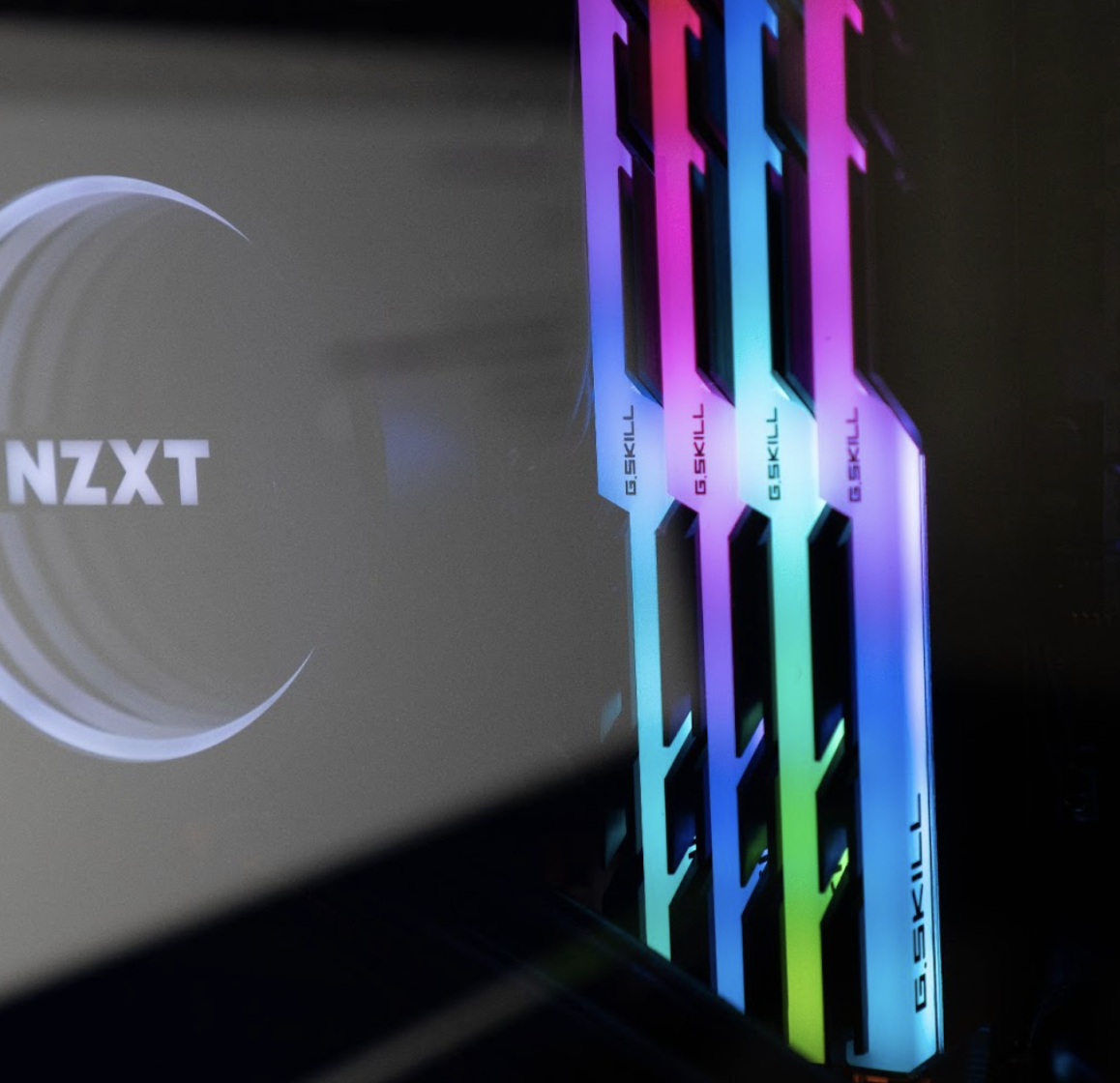New advancements in computer technology are taking over the world every day. With new and better-than-ever GPUs, CPUs, and memory modules leading the charge, everyone wants a piece of the action.
The latest DDR5 memory has started its gradual journey to becoming the norm memory type used in the modern world. But what exactly is it and do you really need it inside your computer? This article will explain what DRR5 ram is and how it compares to existing memory modules so you can determine if your next build needs it or not.
Quick Facts
| DDR4 RAM | DDR5 RAM | |
|---|---|---|
| Definition | Previous generation of commercially available memory modules. | Latest commercially available memory modules, successor to DDR4. |
| Frequency (Speed) | Ranges from 2133Hz to 3400Hz. | Ranges from 4800Hz to 7000Hz. |
| Transfer Rate | Ranges from 17.0 GB/s to 28.8 GB/s. | Ranges from 38.4 GB/s to 56.0 GB/s. |
| Maximum Capacity per Stick | Up to 64 GB. | Up to 256 GB. |
| Voltage | 1.2V. | 1.1V. |
| Power Management | Dependent on the motherboard. | Built-in Power Management IC (PMIC). |
| Compatibility | Compatible with the majority of existing motherboards and CPUs. | Compatible only with select new motherboards and CPUs (e.g., Intel 13th and 14th gen, Ryzen 7000 series). |
| Pricing | Generally cheaper. | Costs on average around 40% more than DDR4 memory. |
| Performance Impact on Gaming | Lower than DDR5, based on benchmark tests. | Can improve gaming performance, but the difference is not significant at the current stage. |
| Considerations | More affordable, sufficient for most users. | High cost, new CPU or motherboard might be required for compatibility, performance gain not always noticeable in current software and games. |
What Is DDR5 RAM?
DDR5 RAM is the latest commercially available memory modules acting as a successor to the previous DDR4 RAM. Packing a punch, the DDR5 memory sticks are better in almost every way when compared to its predecessor. Higher frequencies i.e. faster speeds, lower power usage, higher bandwidth, you name it.

However, with better performance comes higher retail costs, something that is to be taken into consideration by users who have vastly varying requirements to meet with their computer systems.
DDR4 vs DDR5: What Are the Differences?
DDR4 used to be the widely used memory type up until a year ago but since the introduction of DDR5 RAM, this has changed drastically. The most obvious change is the difference in operating frequencies which can be seen in the table below.
| Type | Frequency (Speed) /Hz | Transfer Rate* (upto) |
|---|---|---|
| DDR4 | 2133 | 17.0 GB/s |
| 2400 | 19.2 GB/s | |
| 2666 | 21.3 GB/s | |
| 3200 | 25.6 GB/s | |
| 3400 | 28.8 GB/s | |
| DDR5 | 4800 | 38.4 GB/s |
| 5200 | 43.2 GB/s | |
| 6000 | 48.0 GB/s | |
| 6400 | 51.2 GB/s | |
| 7000 | 56.0 GB/s |
As you can see, the maximum transfer rate for DDR4 RAM is 3400Hz whereas DDR5 modules go upto 7000Hz, more than double the speed of its predecessor. However, speed isn’t the only thing that is different. A single stick of DDR4 RAM can hold up to 64GB of data which pales in comparison to the 256GB single stick capacity of a DDR5 stick.
This is not all, each DDR5 RAM comes with a built-in PMIC (Power Management IC) that now relieves the motherboard of its responsibility to manage memory voltages. The PMIC converts input voltages to usable voltages for the memory module. Moreover, standard DDR5 RAM now require slightly less voltage (1.1V) to operate as compared to DDR4s (1.2V).
DDR5 opens a future where individual systems can hold not only a larger amount of data in memory but also be able to access it faster than ever before, making both servers and PCs much quicker.
Besides just frequency speed, there are a few different features too:
| Feature | DDR4 | DDR5 |
|---|---|---|
| Frequency | 2133 – 3400 MHz | 4800 – 7000 MHz |
| Transfer Rate | 17.0 – 28.8 GB/s | 38.4 – 56.0 GB/s |
| Maximum Capacity per Stick | 64 GB | 256 GB |
| Voltage | 1.2V | 1.1V |
| Power Management | Motherboard dependent | Built-in PMIC |
| Compatibility | Majority of existing motherboards and CPUs | Select new motherboards and CPUs (e.g., Intel 13th and 14th gen, Ryzen 7000 series) |
Factors to Consider Before Getting DDR5 RAM
While the pros of getting a DDR5 RAM module are obvious, some important factors must be considered before making the final purchase decision.
Pricing
A single stick of DDR5 memory costs on average around 40% more than a stick of DDR4 memory. This is a considerable jump in pricing that will affect who buys a new DDR5 RAM and who doesn’t. Users on a smaller budget will most likely avoid the upgrade as the current real-world performance gain is not worth the higher cost.

The upgrade makes more sense for users who prefer to keep the latest tech in their computers and carry out extremely intense tasks such as data processing, video production, or game development where time translates quite literally into money. Large-scale servers also benefit greatly from DDR5 RAM.
Compatibility
Another major factor to consider is compatibility. DDR5 RAM are not backwards compatible which means they will not work on motherboards that support only DDR4 RAM. Apart from motherboards, only a handful of CPUs, such as the Intel 13th and 14th gen and the Ryzen 7000 series support DDR5 RAM.
Hence, the increased pricing of a DDR5 module is not the only expense you will have to afford; a new CPU or a motherboard purchase may also be in order. This is not something everyone can afford, further reducing accessibility.
Performance Gains
While theoretically faster, DDR5 RAM may not provide a real-time observable change in your computer’s performance. This is due to the fact that not all programs and applications are able to utilize such high memory frequencies efficiently. So you may not even notice the boost in performance and might have to wait a few years for software to catch up.
Does DDR5 RAM Improve Gaming Performance?

Yes, DDR5 RAM does improve your overall gaming performance. However, the difference itself is not that significant at its current stage.
The table below contains the gaming benchmark results taken by Testing Games on YouTube that show the FPS difference between a 3200Hz DDR4 and a 5200Hz DDR5 both with a capacity of 32GBs.
| Game | 3200Hz DDR4 | 5200Hz DDR5 |
| Forza Horizon 5 | 223 | 235 |
| Far Cry 6 | 136 | 149 |
| Assassin’s Creed Valhalla | 134 | 137 |
| Battlefield V | 214 | 226 |
| Cyberpunk 2077 | 150 | 166 |
| Hitman 3 | 184 | 199 |
| Witcher 3 | 203 | 226 |
| Red Dead Redemption 2 | 149 | 160 |
| Microsoft Flight Simulator | 80 | 84 |
These benchmarks show evidence of a small but visible change in gaming performance with DDR5 memory modules.
Should You Get DDR5 RAM?
The decision boils down to the nature of your workload. If you are a gamer or a creator who uses heavy production software, a DDR5 RAM may be a solid investment that can yield quick returns.
However, if you can’t afford a complete system rebuild and are already getting sufficient performance out of your DDR4 memory, then maybe you should hold back on getting a new DDR5 RAM until a year or two.
So, if you have money to burn, DDR5 RAM will lead to a slight increase in performance. But, it’ll cost you a lot and with the way DDR5 RAM prices are going down, they’ll be much more of a reasonable purchase in the next few years ad more games and applications take advantage of the higher RAM speeds.
Conclusion
There should be no doubt that the future of upcoming memory modules is DDR5 but it is also vital to know what exactly you’re getting for your money. While better, DDR5 still has some time to go before getting widely adopted in the world. Not everyone can benefit fully from the new module, so knowing whether you can is extremely important.
We hope this article helped you grasp what DDR5 RAM is and what direction they are headed in so you can make a well-informed purchase decision when upgrading your computer memory.
DDR5 RAM FAQs
Is it worth getting DDR5 vs DDR4?
It depends on your needs and budget. DDR5 is more expensive but provides better performance. If you require high-speed memory and have the budget for it, DDR5 is worth considering.
Is DDR5 worth it for gaming in 2023?
While DDR5 can improve gaming performance, the difference may not be significant at its current stage. If you’re a dedicated gamer, it might be worth considering, but for most gamers, DDR4 will suffice.
Is DDR5 overkill?
DDR5 can be considered overkill for users with basic computing needs, such as web browsing and office tasks. DDR4 is generally sufficient for everyday usage.
Is DDR5 overkill for gaming?
For most gamers, DDR5 may be overkill as the current performance gains may not be noticeable in games. DDR4 RAM is still capable of providing a satisfactory gaming experience.
Should I buy DDR4 or DDR5 in 2023?
If you’re building a new system in 2023, DDR5 may be worth considering for future-proofing and better performance. However, if you’re on a budget or have a system that already uses DDR4, sticking with DDR4 is a viable option as well. Consider your specific needs and budget before making a decision.



